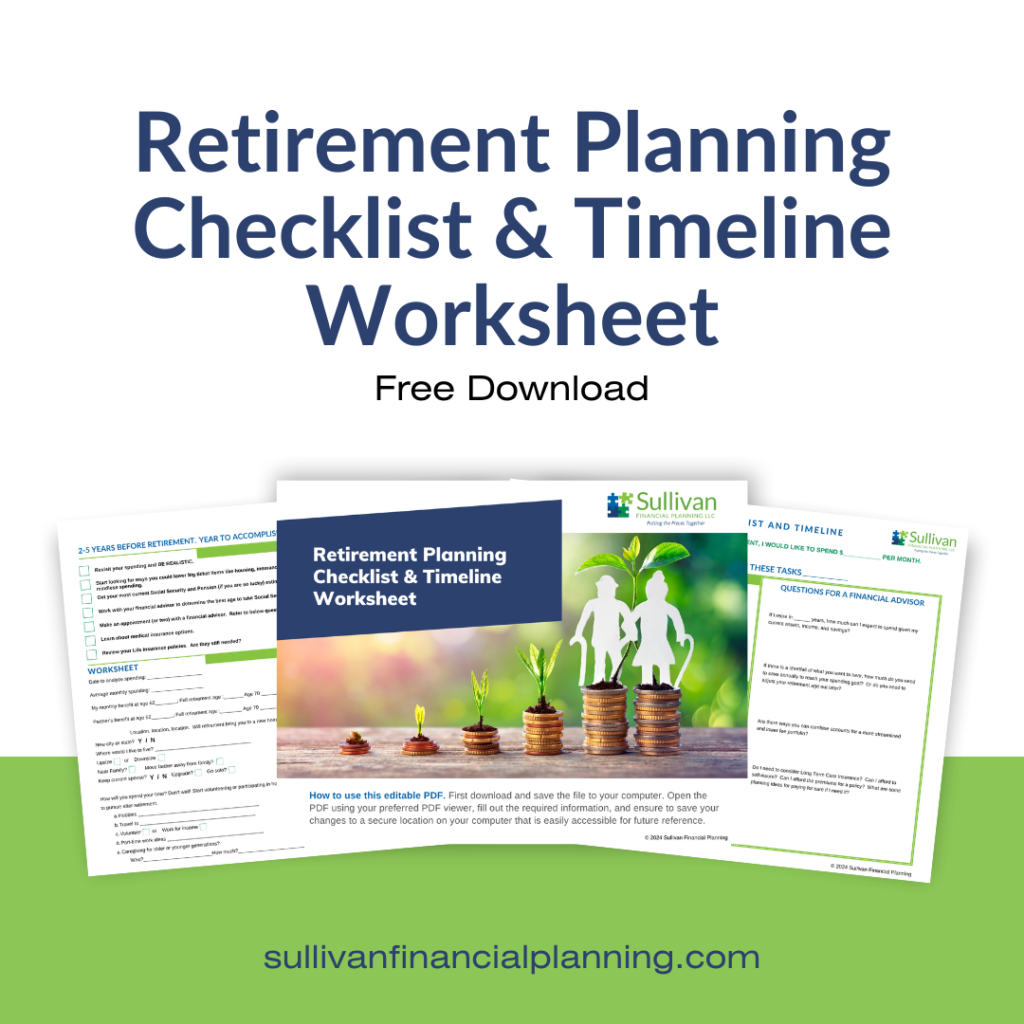I have done a ton of retirement plan enrollment meetings in my career. One question that consistently comes up is “How much should I be putting into my work retirement account?” In order to not induce sticker shock, I lay out a three step plan.
Step 1: 6% Minimum Contribution. When you are young and first starting out, you may have student debt and other expenses competing for your money. The first amount to start in your 401(k) is a MINIMUM (you can always do more) of 6% or however much your company matches. If they match up to 8%, you should contribute 8%.
Using a pre-tax contribution, that 6% contribution will only feel like a 4% difference in pay.
For a person making $40,000/year being paid twice per month, it will be about a $67 decrease in pay. However, $100 will be going into your retirement account. If your company matches 50% up to 6% of your salary (a common match formula), they will put in another $50. So, for a $67 decrease in pay, you have $150 going into a retirement account. Not a bad deal!
Step #2: Get to a 10% savings level. If everyone started saving 10% for retirement in their 20s, we wouldn’t have the retirement savings crises we do today. The best way to get there is set up a feature called Auto Increase on your company retirement plan.
When you sign up for your 6% contribution there is often a spot just below it on the website to automatically increase your contribution each year. You pick the percentage (1% or 2%) and the month to increase your contribution. I recommend using the month for annual reviews or raises. That way, when you get your raise, you are also increasing the amount you save for retirement. This is a painless, easy way to get to the 10% savings goal. You should be here by your early 30s.
Step #3: Contribute the IRS Maximum. This great article from the Washington Post says what I have been saying for years. By your mid-to-late 40s you should try to hit the IRS maximum contribution limit. In 2015 that number is $18,000. For those aged 50 and older, the maximum is $24,000/year.
Again, setting up the Auto Increase feature is a great way to gradually get to that goal.
People get so worked up about stock market performance and volatility. What they really need to focus on is their own savings rate. This is something under our control (unlike the investment markets) and it really makes more of a difference in your financial health.
If these topics sound like they would be of interest to your employees, sales conference, or professional organization, contact me at 303-324-0014 or kristi@



